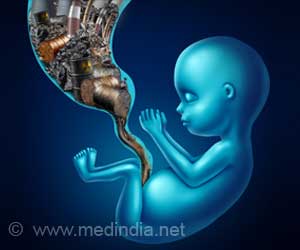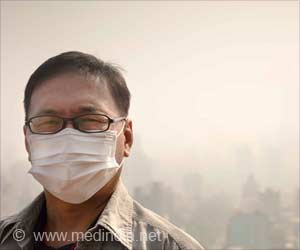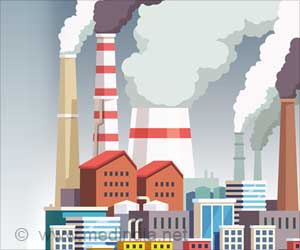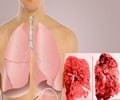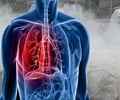Lung cancer is not just a smoker's disease anymore. Air pollution is emerging as a major risk factor, especially in cities. Protect your lungs, and breathe clean!
- Pollution in the air, especially in cities and industrial areas, is filled with tiny particles that can enter the lungs
- Smoking is a major cause, lung cancer can also occur in people who have never smoked
- Wear a mask in highly polluted areas, especially if you have existing respiratory problems
Estimated worldwide variation and trends in incidence of lung cancer by histological subtype in 2022 and over time: a population-based study
Go to source). This increases the concerns about other possible causes, with air pollution being a significant factor. Pollution in the air, especially in cities and industrial areas, is filled with tiny particles that can enter the lungs and cause serious health problems, including cancer.
Fine particles in polluted air can enter deep into your lungs, increasing the risk of lung cancer even if you have never smoked. #cleanairmatters #lungcancerawareness #medindia’
What is Lung Cancer?
Lung cancer is a condition where abnormal cells in the lungs grow uncontrollably and have the potential to spread to other parts of the body. While smoking is a major cause, lung cancer can also occur in people who have never smoked. In these cases, environmental factors like air pollution are believed to play a big role.How Air Pollution Affects the Lungs
Air pollution contains harmful substances such as:- Particulate Matter (PM2.5): Tiny particles that are small enough to enter deep into the lungs.
- Toxic Gases: Substances like nitrogen dioxide and sulfur dioxide, are released from cars and factories.
- Chemical Pollutants: Harmful compounds released from burning fuel, industrial waste, and household activities.
Who is at Risk for Lung Cancer?
People who live in areas with high air pollution are at greater risk. Some groups are more vulnerable than others. People living in big cities where pollution from vehicles and industries is high.Women are affected more often by lung cancer unrelated to smoking. People with lung conditions like asthma or chronic bronchitis may be more susceptible. Indoor pollution such as smoke from cooking fuels has a higher risk.
Air Pollution and Lung Cancer
Polluted air contains fine particles that can enter the lungs and trigger long-term damage. Over time, these particles can change the way lung cells function, sometimes leading to uncontrolled cell growth, which is what happens in cancer. Unlike smoking-related lung cancer, which often affects larger airways, pollution-related lung cancer tends to develop deeper in the lungs.Although we cannot completely avoid air pollution, there are ways to reduce exposure:
- Stay indoors on high-pollution days and use air purifiers at home if possible.
- Wear a mask in highly polluted areas, especially if you have existing respiratory problems.
- Support policies for cleaner air, such as reducing industrial emissions and promoting green energy sources.
- Choose cleaner transportation options like public transit, cycling, or electric vehicles.
- Maintain good lung health through exercise, a healthy diet, and regular medical check-ups.
Reference:
- Estimated worldwide variation and trends in incidence of lung cancer by histological subtype in 2022 and over time: a population-based study - (https://www.thelancet.com/journals/lanres/article/PIIS2213-2600(24)00428-4/abstract)
Source-Medindia



